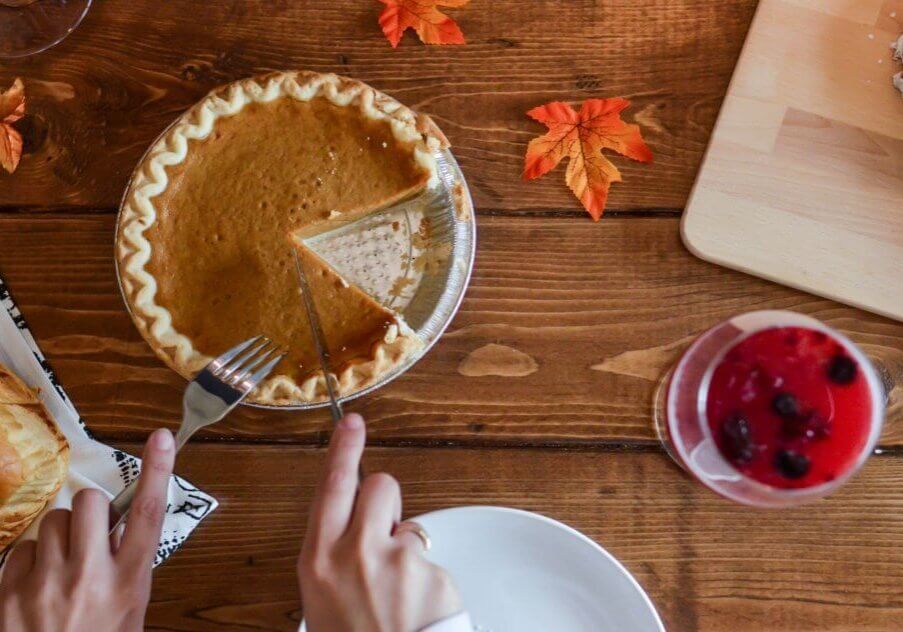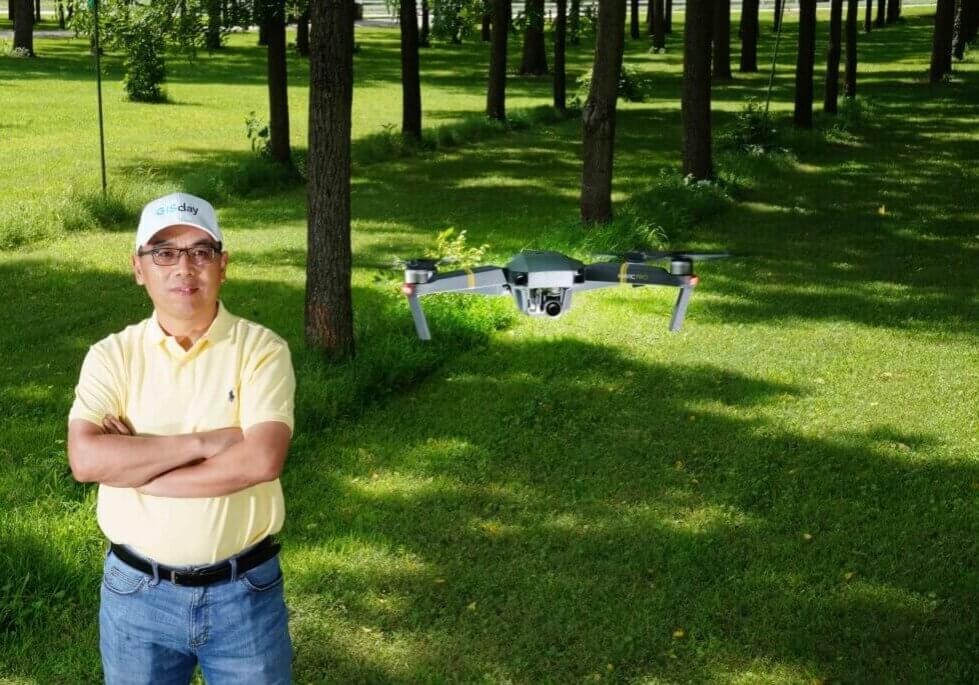Thanksgiving, like most of 2020, is going to be different for families this year. Food prices mirror the uncertainty and volatility that the global pandemic introduced to general life.
“While many of the food prices have come back down off the spikes in late spring and early summer, it remains the case that retail food prices are significantly higher now than at the same time last year. In October (the last data available), prices of food at grocery were 4 percent higher than the same time last year,” Jayson Lusk, agricultural economics department head and professor, said. “It’s been almost a decade, since 2011, that we observed this rate of annual food price inflation.”
Referencing data collected by the Bureau of Labor Statistics and U.S. Department of Agriculture, Lusk added that wholesale turkey prices are about 15 percent higher than they were November of last year and 30 percent higher than Thanksgiving of 2018. Currently, wholesale turkey prices are hovering around $1.25 per lb. compared to roughly $0.95 per lb. two years ago. At retail locations, meat, dairy and egg prices are running 6.1 percent higher than this time last year, baking products experienced a 3 percent hike and produce prices are 2.6 percent higher than 2019. Given the spike in food prices early in the COVID-19 pandemic, this trend is not surprising, Lusk continued, and prices have actually dropped since the spring.
“This year-over-year change is higher than has been observed in the last decade,” Lusk said. “From 2000 to 2019, the average annual change in retail grocery prices was about 1.9 percent. Throughout much of 2015 and 2016, retail grocery prices actually fell relative to the year prior.”
As COVID-19 cases climb throughout the country, particularly in the Midwest, Lusk predicts we might see a run on certain goods around the holidays, although nothing compared to the empty shelves seen in March. Many stores experienced shortages in the spring as demand shifted away from restaurants and fast food joints to grocery store goods, and the nation-wide food system had a scramble to adjust and meet those demands. Now, grocers are more prepared and there are no anticipated shortages.
Smaller gatherings and less travel are anticipated this year holidays, Lusk added, which means people will buy smaller turkeys, less food or, potentially, opt for more non-traditional Thanksgiving meals.
“Do you really need a 20lb turkey if the entire family isn’t coming to visit,” Lusk asked
What would Thanksgiving look like without Indiana?
By Emma Ea Ambrose Imagine a cornucopia of Thanksgiving goodness–pumpkin pie, cornbread, stuffing, flaky bread rolls–all flanking the culinary linchpin: the turkey. Without Indiana much of this bounty would not be readily available at Thanksgiving or, indeed, any other time of the year. “It is hard to imagine a Thanksgiving meal that doesn’t have some…
Read Full Story >>>Here’s how to safely prepare Thanksgiving dinner
By Emma Ea Ambrose Two years ago three people in California died from a foodborne illness they contracted during a Thanksgiving dinner served at their church. Yaohua “Betty” Feng, professor in the Department of Food Science and food safety expert, said this case was extreme, but emphasizes that every year people victim to foodborne illnesses…
Read Full Story >>>Friday Photo: 05/13/2022
The assignment for Purdue Natural Resources and Environmental Sciences professor Laura Bowling’s last field trip of the semester, was to collect and count invertebrates in a section of Burnett’s Creek, just north of campus. Note the reaction of students (left to right) Avery Fess, Ireland Beebe and Eva Curtis when the inch-long cranefly larvae show a little more mobility than expected.
Read Full Story >>>




